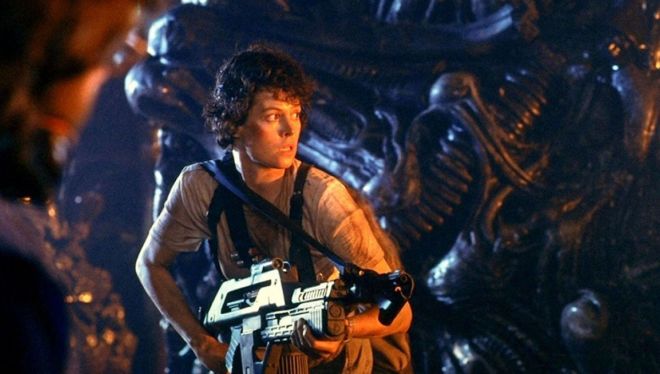
I survived. I made it. It’s been a long journey. There were a lot of ups and downs. I feel a little like a character who gets all the way to the end of the movie without getting killed by the monster. I knew the program would be a challenge. Overall, I learned a ton about journalism and myself, as well as the wildlife and conservation subjects I covered. I formed new relationships and created a network of people and organizations I plan to continue working with going forward as a professional. I honestly feel like I truly mastered something.
The original course expectations showed I planned to develop my final project during this month. What we actually did was write a research paper about that final project. My three goals were to identify a subject for the story, develop an investigative report about it, and then use what I’ve learned to plan distribution. Obviously, this was all done the in previous months.
I can say that doing the paper really made me reflect on these concepts though. Research papers never seem like fun, but I actually enjoyed mine. I liked having to look at my project from start to finish and analyze its structure and effectiveness. It was like studying my project. This helped me see what went right and what went wrong. I had to view each component of the final piece to understand their purpose and how the each fit together with the rest.
I definitely feel confident going forward from the degree program as a professional. I fully understand how to come up with a concept for a story, develop it with multimedia elements, put it all together, and get it out to an audience. I even have a few stories I’m already working on. I plan to continue using the workflow I developed as student and use it to create more articles and projects.






